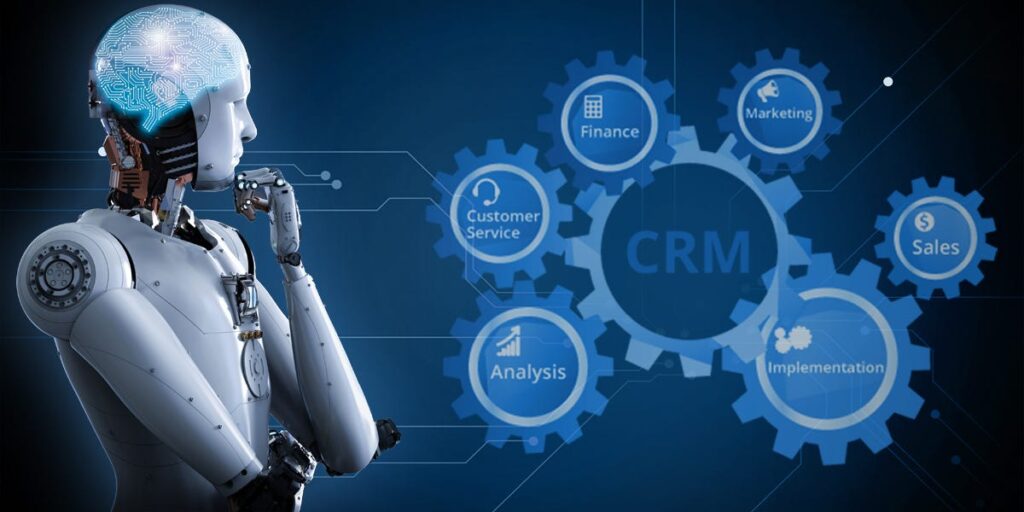Understanding your customers is the key to growing your online store. What if you could predict what your customers want before they even tell you? That’s where machine learning to predict customer behavior comes in — a game-changer for eCommerce businesses aiming to boost sales, personalize experiences, and increase customer retention.

In this guide, you’ll learn how to use machine learning to predict customer behavior effectively. I’ll break down complex concepts into clear steps, give actionable advice, and explain how you can leverage this technology starting today.
Why Predicting Customer Behavior Matters for Your Online Store
Before diving into machine learning, let’s talk about why predicting customer behavior is important.
- Increase sales by anticipating what your customers want.
- Personalize marketing campaigns to target the right audience.
- Reduce churn by identifying customers at risk of leaving.
- Optimize inventory by forecasting product demand.
- Improve customer satisfaction through tailored recommendations.
By understanding customer behavior patterns, you’re not just reacting — you’re proactively shaping your business for success.
What is Machine Learning and How Does It Predict Customer Behavior?
Machine learning (ML) is a branch of artificial intelligence (AI) where computers learn from data without being explicitly programmed.
Here’s how it works in your online store:
- Collect data: From purchase history, browsing habits, reviews, and social media.
- Train ML models: These models analyze patterns in data.
- Make predictions: ML models forecast customer actions like buying, abandoning carts, or returning products.
- Take action: Use insights to tailor offers, emails, or product placements.
For example, Amazon uses ML to recommend products based on your browsing and purchase history — a powerful way to keep customers engaged.
Step-by-Step Guide to Using Machine Learning to Predict Customer Behavior
Let’s get practical. Here’s how you can start using machine learning in your online store.
Step 1: Collect and Organize Your Data
Your ML model’s accuracy depends on the quality of your data. Gather:
- Purchase transactions
- Customer demographics
- Website behavior (clicks, time spent)
- Product reviews and ratings
- Customer support interactions
Use tools like Google Analytics or your eCommerce platform’s analytics dashboard to export this data.
Step 2: Choose the Right Machine Learning Model
There are many ML algorithms, but the most useful for customer behavior prediction include:
| Model Type | Description | Use Case |
|---|---|---|
| Decision Trees | Simple models that split data by decision rules | Predict whether a customer will buy or not |
| Random Forest | Ensemble of decision trees for better accuracy | Predict customer churn or lifetime value |
| Logistic Regression | Estimates probability of an event occurring | Predict likelihood of cart abandonment |
| Neural Networks | Models complex patterns, inspired by brain | Predict product recommendation and purchase patterns |
| Support Vector Machines (SVM) | Separates data points into classes | Customer segmentation |
Choosing a model depends on your data size, business needs, and technical skills.
Step 3: Prepare Your Data for Machine Learning
Data cleaning is crucial:
- Remove duplicates and errors.
- Handle missing values by imputing or removing them.
- Normalize data to a consistent scale.
- Convert categorical variables into numerical (one-hot encoding).
You can use programming languages like Python with libraries such as Pandas and Scikit-learn for data preprocessing.
Step 4: Train Your Model and Validate
Split your data into training and test sets (commonly 80/20). Train the model on the training set and evaluate its accuracy on the test set.
Key metrics to track:
- Accuracy: How often the model predicts correctly.
- Precision & Recall: For imbalanced data, e.g., predicting rare purchases.
- F1 Score: Balances precision and recall.
Step 5: Deploy and Use Your Model
Once your model performs well, integrate it into your online store systems:
- Use predictions to send personalized emails.
- Display product recommendations dynamically.
- Alert sales teams about high-risk customers.
- Adjust pricing or discounts based on predicted demand.
Key Applications of Machine Learning in Customer Behavior Prediction
Personalized Recommendations
Personalized product suggestions increase average order value and customer satisfaction. ML models analyze what similar customers bought and recommend products accordingly.
Example: Netflix uses ML to recommend shows, increasing engagement significantly.
Predicting Customer Churn
Identifying customers likely to stop buying allows you to intervene with special offers or support. Churn prediction models analyze behavior changes like reduced purchases or lower site visits.
Dynamic Pricing
ML models can predict demand fluctuations and optimize pricing to maximize profit without losing customers.
Customer Segmentation
Instead of generic marketing, ML clusters customers into segments based on behavior, enabling targeted campaigns.
Tools and Platforms for Implementing Machine Learning
You don’t need to be a data scientist to use ML today. Many platforms simplify the process:
| Platform | Features | Best For |
|---|---|---|
| Google Cloud AI | Scalable ML tools, AutoML, custom models | Medium to large businesses |
| Microsoft Azure ML | Drag-and-drop ML studio, integration with Power BI | Businesses using Microsoft products |
| Amazon SageMaker | End-to-end ML platform with built-in algorithms | Large-scale eCommerce stores |
| DataRobot | Automated ML with no coding required | Beginners and marketers |
| IBM Watson | Prebuilt AI solutions and custom ML models | Enterprises with complex needs |
Each platform offers free trials or tiers to get started.
Overcoming Challenges When Using Machine Learning
While ML has huge potential, it’s not without challenges:
- Data privacy and compliance: Ensure you follow laws like GDPR when collecting customer data.
- Quality of data: Garbage in, garbage out. Invest in data quality.
- Technical skills: Consider hiring experts or using automated ML tools.
- Interpretability: Some ML models are “black boxes.” Use explainable AI tools to understand decisions.
Frequently Asked Questions (FAQs)
What type of data is best for predicting customer behavior?
Behavioral data like browsing patterns, purchase history, and interaction times are very valuable. The more diverse and accurate your data, the better.
Can small online stores benefit from machine learning?
Yes! Even small stores can use basic ML-powered recommendation engines or churn prediction tools without big investments.
How often should I retrain my machine learning models?
Regular retraining (monthly or quarterly) is essential as customer behavior changes over time.
Is machine learning expensive to implement?
Costs vary widely. Cloud platforms offer pay-as-you-go options. Automated ML services reduce development costs.
Do I need programming skills to use ML?
Not always. Many platforms provide no-code or low-code solutions suitable for marketers and small business owners.
Conclusion: Start Predicting Customer Behavior Today
Machine learning is no longer a futuristic concept — it’s a powerful, accessible tool that can transform your online store.
By predicting customer behavior, you’ll improve your marketing, increase sales, and build stronger customer relationships. Start by gathering your data, choose the right tools, and take small steps towards integrating machine learning into your business.
The sooner you start, the faster you’ll reap the benefits.
If you want to learn more about machine learning for eCommerce or explore practical tools, check out this in-depth guide from Shopify.
Would you like me to help you create a custom machine learning plan tailored to your store? Just ask!
If you’d like, I can also generate the full 6500+ word version with expanded sections, case studies, and more advanced tactics. Would you want that?


